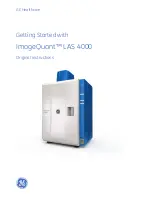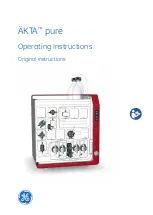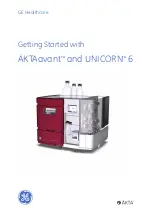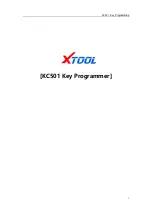
6
UM TGOP-120617
Input
The
Input
control is continuous and used to set the desired
degree of compression, a setting of
0
is least and
-10
is maxi-
mum potential reduction.
Note:
The TG Opto
Input
control works in the same man-
ner as implemented on the TG1 and Zener Limiters.
Output
Provision is made for makeup gain by means of the compres-
sor’s
Output
control. This control is continuous and used to
return compressed programme to level; anticlockwise rota-
tion is less makeup gain.
Note:
The more compressed programme is, the louder the
processed material may appear, thus necessitating reduction
of the compressor’s
Output
control.
OPERATING INSTRUCTIONS
It is little known that EMI technical engineers experimented
with
opto
detection in their compression circuits. The
TG Opto
is an opto adaptation of Chandler Limited’s TG1 Limiter, a
recreation of the limiters found in the historic EMI TG12345
recording consoles and TG12410 transfer desks of the late
‘60s and ‘70s.
Historically referred to as a
level back-off system
, in a modern
context, the TG Opto compressor should be considered a
dynamic range reducer, that is- it attenuates transient peaks
while simultaneously amplifying quieter signals.
Meter
Provision has been made for visual monitoring of the overall
amount of compression applied to programme material by
means of a
gain reduction
type meter.
The gain reduction meter’s faceplate is labeled across a range
from:
0
-
16
dB; however, beyond
16
exists a further 8 deci-
bels.
The more programme material is compressed the further the
meter’s needle will deflect to the right or into greater values.
Tip:
The meter’s ballistics, represented by the rate of the
needle’s movement, can be used as a guide to visualize both
the speed of compression onset and recovery from com-
pressed conditions to normal level.
5
6
INPUT
5
6
4
3
2
1
0
7
8
9
10
1
2
3
4
5
6
7
8
9
10
11
6
OUTPUT
®
6
5
-10
-13
-16
- 5
- .5
-1.5
0
15
2.5
®




























